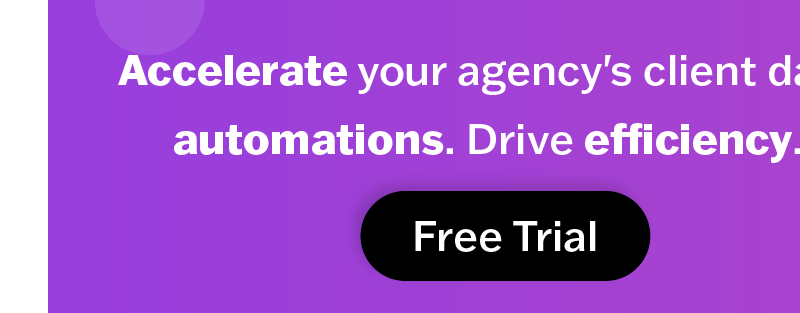Let’s address the elephant in the room – most workplaces today are far from disability-inclusive. And frankly, that’s leaving tons of opportunity on the table.
Consider this – over 1.3 billion people, 16% of the global population, live with some form of disability. By excluding this massive section of the talent pool, organizations are likely to miss out on highly skilled, competent workers. But it goes way beyond just talent acquisition.
Disability inclusion provides fresh perspectives that drive innovation. It shows your company values diversity and cares about the community. And let’s not forget that disability inclusiveness is legally mandated – non-compliance means facing consequences.
However, between inaccessible workspaces, biased job postings, and a lack of training, many organizations miss the mark when it comes to disability inclusiveness. In this post, we will provide five proven strategies to make your workplace truly inclusive and accessible for people with disabilities. With some simple, impactful shifts, you can unlock a wealth of benefits. Let’s dive in.
Strategy 1: Review and Update Job Descriptions
Take a close look at your current job postings and descriptions. Do they use inclusive language? Are qualifications focused on essential functions rather than biases? You want to ensure you do not inadvertently discourage or exclude candidates with disabilities. Highlight opportunities for flexibility and accommodation. And emphasize a welcoming culture. With more careful, thoughtful job postings, you expand your candidate pool.
Another good tip is to get input directly from employees with disabilities regarding their experience when applying for their positions. This way you can understand what your company does well while highlighting some of the areas that may need improvement. They may identify language or requirements that could be discouraging to candidates. Be open to tweaking and adjusting based on their input.
- Use inclusive, accessible language
- Focus on essential functions
- Seek feedback from employees
Strategy 2: Improve Physical Accessibility
Take a walk through your office – is it truly accessible for employees and customers with disabilities? Obstructed pathways, lack of ramps or elevators, and inaccessible technology pose barriers. An accessible workspace removes those barriers through thoughtfully designed spaces, tools, and navigation.
Consider an official accessibility audit to pinpoint areas for improvement. Get input directly from employees with disabilities to understand needs. Maintain accessibility across all locations – accessibility can’t be limited to just the headquarters. For any office redesign or expansion, make accessibility a top priority, not an afterthought. A universally designed workspace conveys that you value the contributions of all employees.
- Clear pathways and access
- Deploy accessible technology
- Consider formal accessibility audits
Strategy 3: Clamp Down on All Forms of Discrimination
Want real inclusion? Then stamp out discrimination through clear policies and responsive action.
Start by implementing a zero-tolerance discrimination policy with clear consequences. Ensure employees have safe, confidential ways to speak up if issues arise, like an anonymous tip line. Take every claim seriously by investigating promptly and objectively. If discrimination is proven, take swift corrective action. No excuses.
Internally, take the time to carry out a pay equity audit. Analyzing compensation and promotion data is also important here. Using your findings, do what you can to eliminate any discrepancies negatively impacting marginalized groups. Lack of pay parity will stifle recruitment and retention of diverse talent.
Clamping down on discrimination in this way conveys you’re serious about equal access and opportunities. A workplace where everyone feels welcomed, valued, and able to thrive.
- Establish zero tolerance policy with consequences
- Facilitate safe, confidential reporting
- Conduct regular audits
Strategy 4: Offer Disability Education and Training
There are no two ways about it – a lack of disability awareness creates exclusion. In light of this, implement ongoing workplace education to combat bias and stereotypes. Well-designed training eliminates barriers and builds an inclusive culture.
Start by training managers on disability and accommodation policies and procedures. They set the tone for workplace culture. Foster disability etiquette through interactive workshops – going beyond rules to build deeper understanding. Bring in speakers with disabilities to share experiences and spur “aha moments”.
If you really want to go the extra mile, you could even tailor programs to different roles to make them resonate. While you’re at it, ensure leaders model inclusive behavior. These training programs and educational activities should do much more than just pay lip service to disability. They should highlight and drive home the fundamental importance of inclusiveness within your workforce and how a culture of openness can be mutually beneficial for all.
- Conduct manager training on policies
- Host interactive disability etiquette workshops
- Hire speakers with disabilities to share experiences
Strategy 5: Partner with Disability Organizations
Trying to drive disability inclusion alone is an uphill battle, so partner with advocacy groups and disability employment organizations to tap into insider expertise that can strengthen your approach. Collaborate on recruitment and onboarding strategies – they can provide valuable guidance on best practices for seamlessly implementing workplace accommodations. Gaining that critical perspective from partners allows you to see gaps and opportunities.
Partners can also expand your talent pool by recommending qualified candidates. But don’t just make it a one-off engagement. Formalize partnerships through official agreements to cement a real, lasting commitment. Look for opportunities to actively support each other’s events and initiatives year-round. Regular check-ins assess progress, troubleshoot obstacles, and deepen relationships over time, as meaningful collaboration requires ongoing, active engagement across multiple fronts.
- Consider recruitment collaboration
- Seek expert guidance on accommodations
- Make formal partnership agreements
Final Thoughts
The path to disability inclusion can seem daunting, but it doesn’t have to be. With thoughtful shifts across policies, physical spaces, education, partnerships, and workplace culture, organizations can become truly accessible and welcoming for employees with disabilities.
The strategies discussed provide an actionable roadmap to get started. While change takes concerted effort, the rewards are immense – for your business, your workforce, and your entire community.










